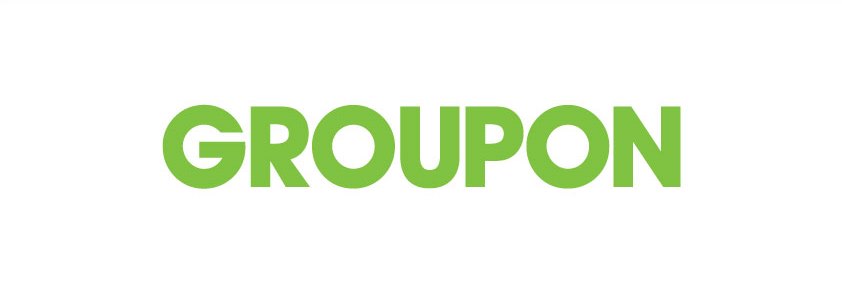
How Groupon Got First Customers – Viral Marketing Case Study (11 min read)
Groupon – a website with group discount deals. The fastest-growing startup ever that went public through the biggest IPO since Google, at $750 million valuation.

Groupon History Timline
- 2007 – The Point has been founded by Andrew Mason
- Oct 22, 2008 – The first deal: two pizzas for one at Motel Bar at the level 1 of Groupon’s office building (25 bought). The opening strategy is to get deals from local vendors in Chicago.
- Oct 23, 2008 – IMAX for a single showing of a movie (50 bought)
- Oct 24, 2008 – Glass Managrie (2 bought - but it didn’t reach the required 10)
- Oct 27, 2008 – All About Dance (11 bought)
- Oct 28, 2008 – Zanies Improv (3 bought - didn’t reach required 10)
- Oct 29, 2008 – Lather Salon (25 bought)
- Oct 30, 2008 – Allyu Spa (18 bought)
- Oct 31, 2008 – The Second City (1 bought - after internal talks, it was honored)
- Nov 3, 2008 – Salsa Dance (4 bought - but needed 20)
- Nov 4, 2008 – Galleria Market (31 bought)
- The first 15 days of deals generated gross sales of $2,595 and $174 of revenue.
- November 2008 - official Groupon release.
- End of 2009 - Groupon active in 28 U.S. cities
- Spring 2010 – expansion to other countries, first 1 million users
- May 2010 – „Live off Groupon” campaign that encouraged to live on Groupons for the whole year. The winner travelled from the US to the UK received a $100,000 prize.
- Spring 2011 - first 10 million users
- Nov 30, 2010 – Google offers around $6 bn to buy Groupon. The deal was rejected.
- Nov 4, 2011 – IPO for $750 million
- Spring 2012 – 35+ million users
- 2020 – over 25.8 million users
Narrowing down the focus
Groupon started as The Point, a platform to utilize negotiating power of a group to be used in multiple cases–signing petitions, collecting money for charities or getting store discounts. That wasn’t a success since people had a hard time understanding what’s the platform all about.
After narrowing down to group discounts, the value was easier to communicate and then–Groupon shot for the stars.

Why has Groupon been so successful so quickly?
Groupon didn’t rush expanding to new markets and began locally in Chicago. Then it became available in 28 US cities and only after that it was introduced in other markets around the globe. That focus on local was what made Groupon so successful. It ensured there was enough options to choose from.
One deal at a time
There was only one offer per day in their beginnings. That made Groupon's visitors focus on it and come back every day to check the progress of the deals they bought.
Guarantees
The problem of such deals with a tipping point is what if it doesn’t meet the criteria–do clients lose money or the sellers have to offer higher discount to fewer people? Groupon is the intermediary that guarantees that if the criteria is not met, the deal won’t happen. That makes both sides more keen on placing offers.
Thresholds
Following from The Point, Groupon used threshold points from which each individual deal would become effective. If someone wanted to make it happen badly, he’d share the deal with his friends, so they all can use the discount.

Shareable products
Groupon purposefully featured offers that were likely to go viral and be shared multiple times. That means all the things you’d do with your friends – going to movies, restaurants, gokarts, etc. The offers were shared because users wanted to ask friends if they’d come with them.
Manual business development
The businesses to provide offers were sourced manually. The initial team of 5 people went to companies and asked to provide a group offer. Those were 20-something males, and they looked for something they’d use.
Then, when they were low on deals, one of the guys sold a manicure deal. They put it on the site only as a placeholder. Only to find that it’s an instant bestseller. SPA deals are still the most lucrative deals for Groupon.
Chicago Bulls deal
Groupon were pitching the idea to the Chicago Bulls. Sales were in, but marketing were not and the deal has been eventually turned down. However, it turned out the Bulls have a group sales department where if you brought 25 or more people to the game, you got a 50% discount on tickets.
Tickets for Chicago Bulls game were featured on Groupon anyway, and they sold over 26 of them, which they had to distribute manually in the group of buyers. Chicago Bulls marketing weren’t happy with that, especially for an unauthorized use of their logo. The logo had been shortly gone from Groupon, but they leveraged the Bulls deal to land other brands in Chicago, like Whole Foods.
Building mailing list
The growth hypothesis was through local focus and a small mailing list. For the first offers, the list was around 500 members, constructed mostly of friends and people working at the same building.
Later, the company still focused on building the list and sent daily offers via email, so the users kept coming back.
Monetizing the deals
Getting the deals is one, but how Groupon makes money off these bargains? You might say it’s quite greedy–it takes about 50% of the deal and an additional credit card handling fee. That means they get 25% of the original price and the vendor gets the other 25%. It still works because Groupon works as a marketing platform to those businesses and on the right scale, that can still be profitable. That’s why businesses can set up the thresholds from which the deals become lucrative and agree to serve customers only beyond that point.
How did Groupon become one of the fastest-growing start-ups ever – the blue ocean strategy
The offers on Groupon followed a strategy that avoids price or assortment competition from such giants as Amazon or Walmart by finding niches and angles where they are not present. This led to the decision of focusing on local activities and unique local products. This created a competitive advantage for their users.
Copywriting
Groupon has been built on copywriting. The deal descriptions have always been funny and on-point, becoming another reason why you would share them. Writers who worked at Groupon have followed a training for the tone of voice and copywriting at the company and admitted that they worked with similar organization to journalists.
Referral bonus
Groupon has been another business to use referral bonuses–if you referred Groupon to others, you’d get $10 in Groupon Bucks for each of them when they buy a deal. The lifetime value of each user could be of $25 to $35, so the operation was still profitable.

Fighting clones
One deal per day quickly reached its limitations as there were more customers than they could handle. On the other side, the number of interested businesses was so high, that they had to wait for over 9 months to get featured. That inefficiency sparked the raise of many Groupon’s clones.
To fight them, Groupon has developed a targeting mechanism, enabling them to tailor the experience to different users, based on their preferences. That quickly diminished the reason for the clones to exist.
Long-term oriented
Whatever Groupon did, worked short-term too, but as Andrew Mason states, all their actions were oriented for long term growth, even if in the short term they appeared counterintuitive.


Reward Bias
Reaching the goal is a reward–you can buy something for half as much. Rewards are simply what motivates people to take action, like share an article.
Social proof
As usual with referral-oriented growth, the social proof is what makes it work. If an information is shared by someone you know, you’re more likely to become interested.
Goal Gradient Effect
The closer the reward, the faster people want to achieve it. This works for the deals that need to reach a certain number before they come into life. The closer it is reaching the threshold, the more effort will they put into passing it.
Humor effect
The copywriting at Groupon has always been quite funny. Humor also makes things easier to remember and connects the brand with positive feelings.
Bargain mentality
People are literally hunting for the thrill of a bargain. They want the feeling of being a successful shopper. That’s basically what Groupon allows them to fulfill.

Groupon is one of the best examples of startup growth. It has been designed in so many ways to be shared and go viral repeatedly. How can you use that? Focus on the product or websites that have built-in features that will make people share it, like GoHighLevel - pricing. This is purely engineering the platform for growth, which only can boost the other marketing activities you’ll be doing.
You could also use other growth marketing tools to boost your business.
Devour your competition
with the wittiest Marketing there is!
- viral marketing case studies that made over $880M within months
- cognitive biases in marketing to influence your customers minds
- growth hacks to double your conversion within a week
*$0 to $30M in 9 weeks case study in the first email

Explore Cognitive Biases in Marketing